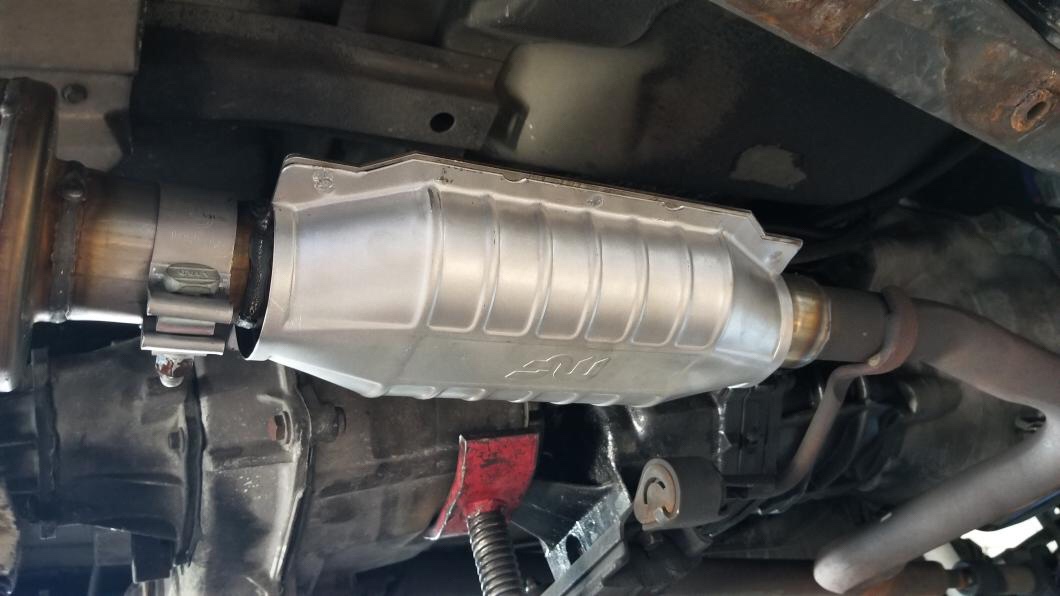Household Car, SUV, 4×4 or Power car then you definitely should believe that it features a DPF equipped, in accordance with nearly all diesel vehicles manufactured from 2009 onwards.
Just like any other type of filtration the Diesel particulate filtration could eventually become clogged, purely due to the quantity of contaminants which it constantly filters from the soot stuffed fatigue smoke, however the producers designed a technique in which the Diesel particulate filtration can successfully self clear and keep it self, hence increasing their lifetime although maintaining maximum effectiveness. Named a “dpf regeneration”, the Diesel Particulate Filtration is equipped with numerous receptors which continually monitor different working variables such straight back pressure, fatigue heat, motor rpm, rate and with the vehicle motor management process a cleansing pattern could be identified predicated on driving design of the owner and the constantly monitored problem of the DPF.
To be able to clear itself, and burn off the gathered soot deposits, energy is injected into a unique catalyst, which will be then ignited and cooks to around 600c whilst the car is in activity and being driven at freeway / motorway rates, this regeneration method burns off the bulk of soot and effortlessly returns the Diesel particulate filtration to its unique factory condition, ready to start trapping and removing a new portion of soot particles from the motor emissions once again, and so the period continues.
The exact process applied to recover the DPF ranges somewhat from producer to maker and has been improved and increased slightly over the years, but the overall technology is precisely the same. Some manufacturers also use an additive, which is stored in a bag / package in a particular area in the car and small quantities are inserted to the diesel gasoline each time the gasoline reservoir is filled with diesel, that additive is blended with the diesel, and allows the combustion process to take position at a lowered heat than 600c, some genuinely believe that this might be a more efficient approach to combustion and a much better method of washing the DPF more effectively, nevertheless there’s number evidence offered to recommend this one method is much better or even more trusted compared to the other, and neither program is precisely sleek or features a 100% stability history, and stability is something I’ll shift onto next, as it types a large and important part of the report and anything that all current and possible diesel car homeowners require to be aware of how often to clean dpf filter pennsylvania.
Unfortuitously, DPF’s have, for an raising number of homeowners, which may be a costly headache, and an instant research of Google for phrases such as for example “DPF Problem” or “DPF Clogged” will show so just how common the problem is, and that there seems to be no one maker whose Car DPF’s are resistant to the problem(s), unfortuitously during the time of writing that, the problem appears showing no signs of going away, and continue to be being noted, a long period after DPF’s began showing on diesel vehicles. In the UK, the difficulties have already been highlighted on one national TV customer plan and also noted in the motoring press.
The key issue, is that the DPF’s seem to become plugged as a result of mix of operating style and the shortcoming for the regeneration procedure to perform precisely in certain situations. The initial indicator of a DPF congestion reaching a crucial period, can look as a notice gentle on the dash of the car (usually coloured yellow or orange). When this light illuminates, it shows that the DPF has achieved the main point where regeneration is urgently expected to be able to prevent further damage to the DPF,and that the present driving fashion / utilization of the car has stopped the pattern from being instigated digitally and occurring automatically throughout typical use.
Because the dpf regeneration treatment has to get position with a hot exhaust and at road speeds of over 45mph (55 mph frequently recommended), regular use within downtown traffic or short journeys where in actuality the exhaust never gets warm or 45mph is attained for a long time, will usually trigger this situation to arise. When the DPF Warning light illuminates, their an indication that you might want to take the car on a 20 – 25 minute push down a motorway or road, essentially in a equipment allowing high engine RPM to be able to temperature the exhaust to the heat where a DPF regeneration can happen and complete.
